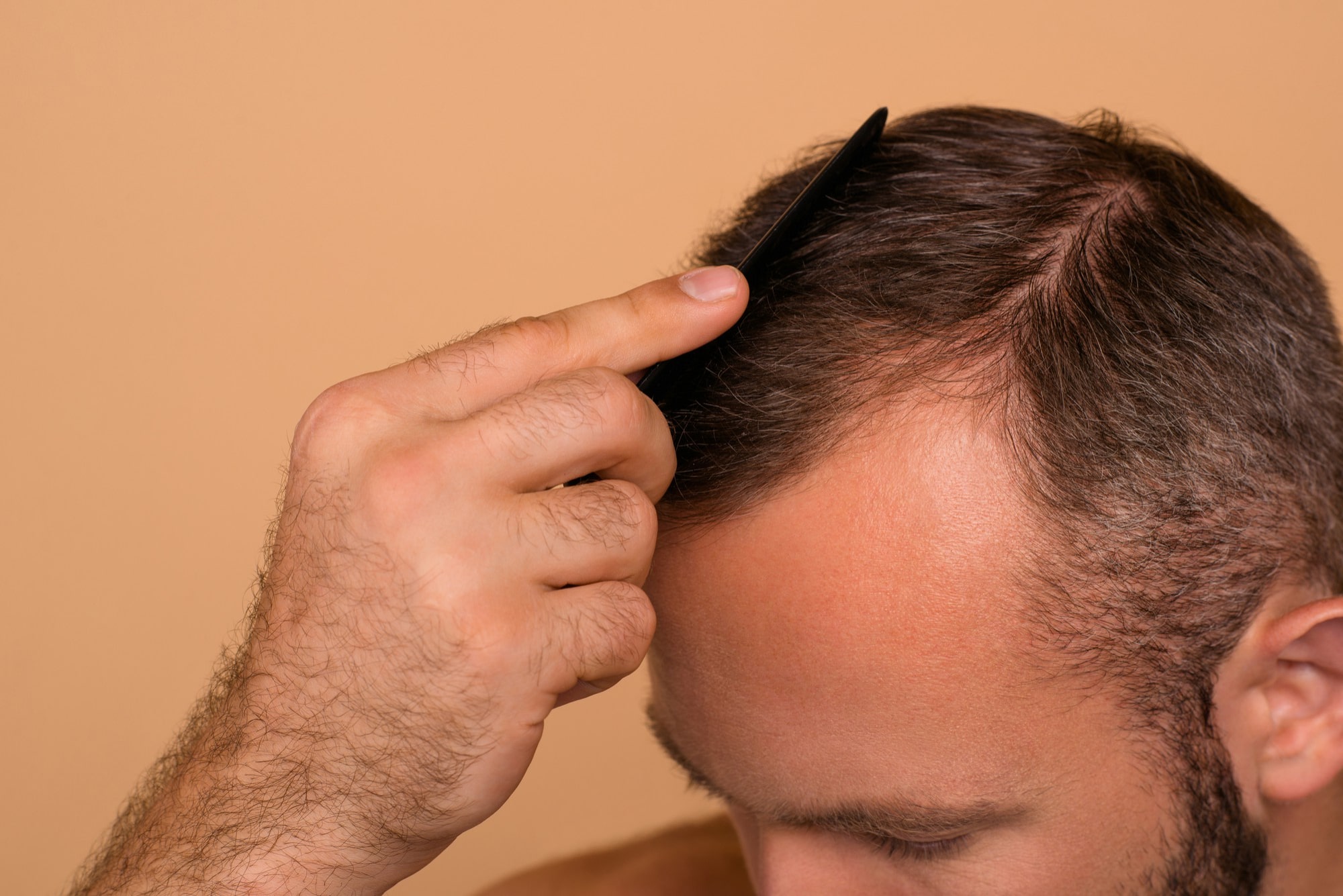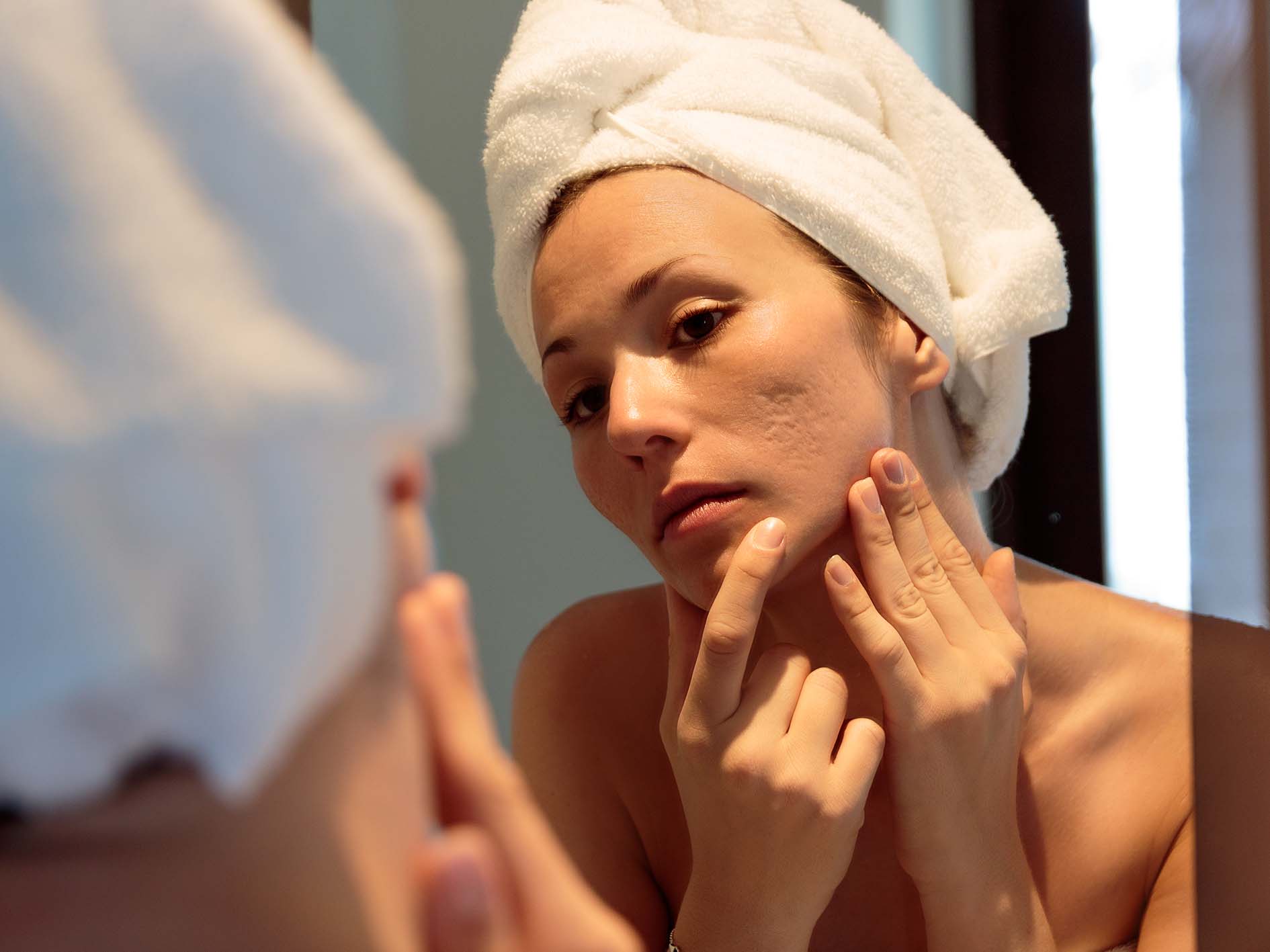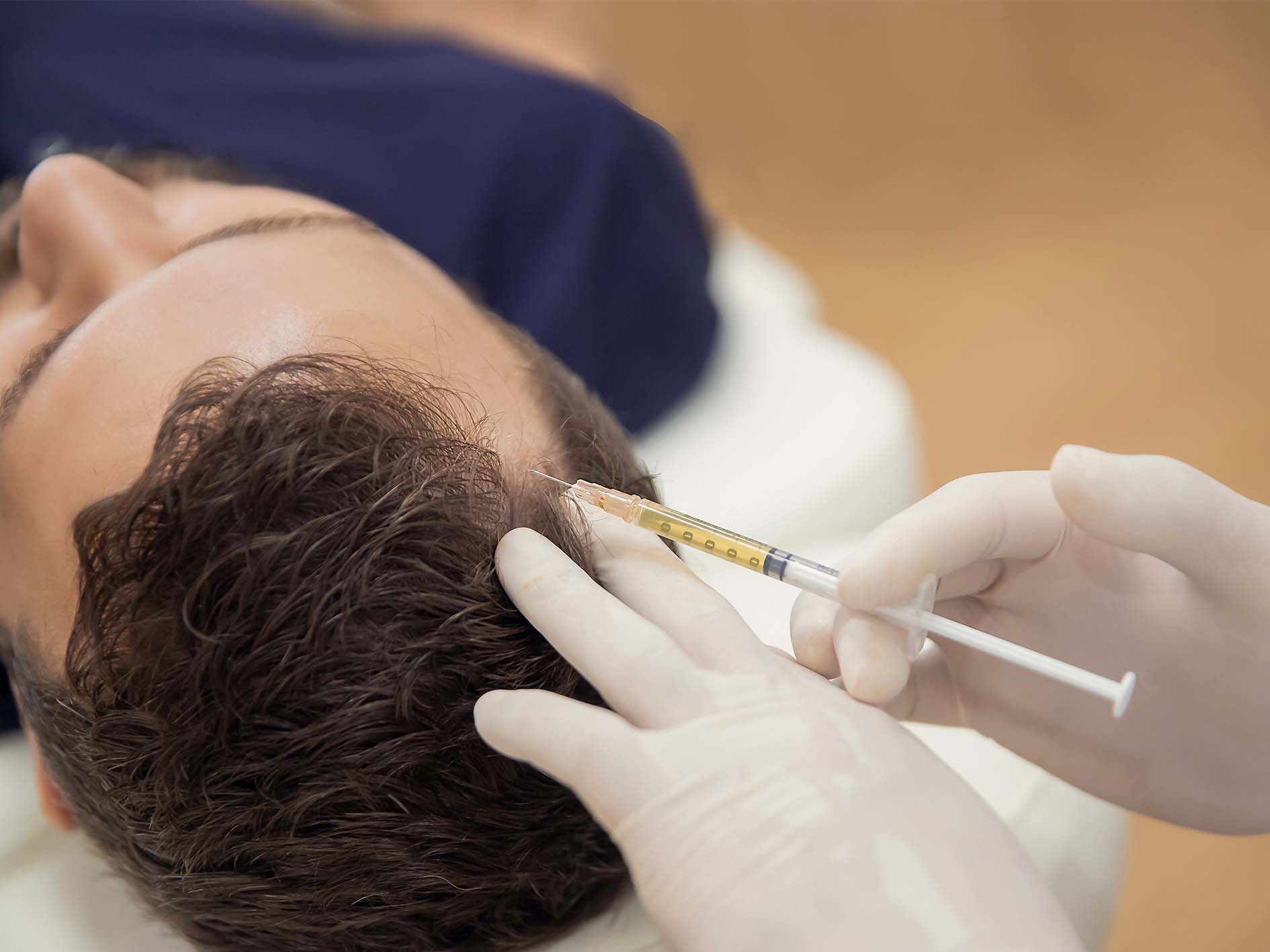What are Problem / Chronic wounds ?
A wound that fails to achieve closure or a wound that recurs (unstable wound) after healing is defined as a problem wound.
This can be related to local wound causes or Patient general conditions like impaired immunity, infection, lymph flow problems and nutritional imbalance, or external factors like pressure, temperature, caustic agents, and toxins.
What is the role of a Plastic Surgeon in Problem Wounds ?
Appropriate management at the initial healing by experienced Plastic Surgeon is the key to achieve early wound healing ,foresee and prevent subsequent wound breakdown and conversion to a problem wound
How are problem wounds managed ?
When underlying causes are addressed, wound care begins with adequate surgical cleaning(debridement). Once the wound is clean and not infected, appropriate dressings to be done to provide the optimal environment for improving the wound and then Wound closure is done by Plastic Surgery techniques.
How to Assess if the wound is healing well?
The reduction in size, the wetness and the edges all point towards healing.A reduction in the volume of the wound of 15% or more per week represents normal healing.
What are Various wound Dressing available ?
Despite great advances, at present there is no “magic bullet” that can be used in the management of wounds.
The appropriate dressing should be chosen that keeps the wound bed moist while ensuring that the surrounding skin remains dry and avoids maceration. Options include wet-to-dry dressing, film dressing, hydrocolloids, hydrogel dressing, foams, and the absorptive dressings.
What are newer and modern treatment options available for wound healing?
Additional treatment modalities may include topical, implantable beads of antibiotics, hyperbaric oxygen, growth factors, skin substitutes. The recent experimental modalities include ozone therapy, electrical stimulation and the most researched stem cell therapy which holds the key for future.
What is Negative Pressure Wound Therapy?
NPWT consists of applying continuous suction pressure to the entire wound surface through a pump. It reduces the bacteria in the wound and stimulates healing.
Pressure Sores
How do they happen?
- Pressure sores result from constant pressure on a certain area of skin over a specific length of time causing poor tissue blood supply
What are the common areas affected?
- With the subject lying on back, the points of highest pressure are the sacrum (mid-section above anal cleft), buttocks, heel, and occiput (back of head).
- When sitting, high pressures were recorded over the ischial tuberosities (bony prominences on which we sit).
Who is at risk of Pressure sores?
Any patient with
- local poor blood flow (vascular or cardiac disease),
- neurological disease with sensory loss, impaired mobility, decreased mental status, faecal or urinary incontinence
- Infection
- Elderly
- Malnourished -anemia, and protein deficiency
How do we Prevent Pressure Sores?
- Patients who are at risk of developing pressure sores—and their families and caregivers—must be informed and educated well.
- The goal is to diffuse the pressure overlying the bony prominences to the surrounding areas. This can be accomplished by special mattresses.
- At least 4 inches of high-density foam or gel is required to provide modest protection.
- Water beds help relieve pressure, but these beds are typically bulky and are difficult to turn, lift, and sit up in.
- An AAC (air)mattress is made up of air cells which subsequently inflate and deflate, relieving pressure. These mattresses lose their ability when the head of the bed is elevated.
- The development of pressure consciousness by the patient is an essential part of pressure ulcer prevention.
- Seated patients must lift themselves or be lifted from their chairs for at least 10 seconds every 10 minutes, and recumbent patients must be repositioned at least every 2 hours.
- Cushions for wheelchairs filled with gel, foam, air, or water are available to help relieve pressure.
How are Pressure sores Managed?
The contributing risk factors all to be identified and treated well .
Wound Care involves
Skin Moisture:
Too much moisture can lead to skin maceration and ultimately to breakdown.
To avert this situation patients must be consistently cleansed and bathed and placed on the proper bowel/bladder program to keep the skin clean and dry.
Control of Spasticity(muscle tightness):when it is refractory to drugs, surgical procedures may be necessary.
Wound management:
- Pressure ulcer must be removed of all nonviable tissue by surgery followed by Optimum wound dressing.Negative pressure wound therapy often helps








